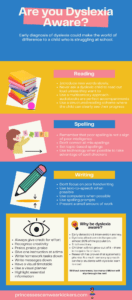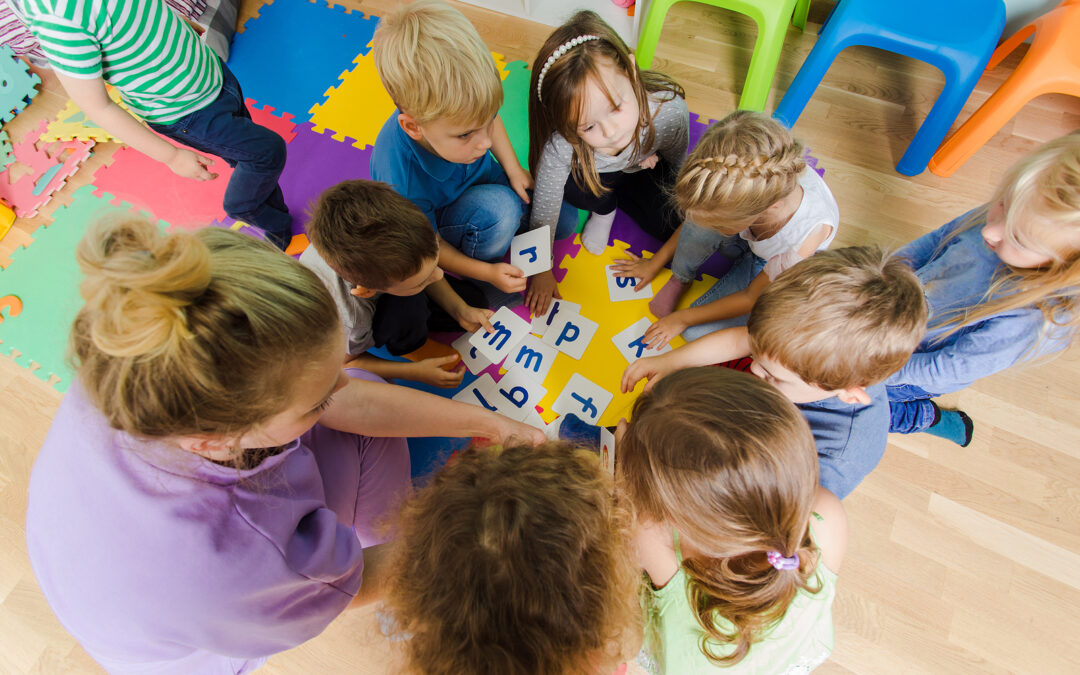Being dyslexia aware is vital for all schools and educators. Every child with dyslexia is affected in a different way. Some have more serious issues with reading and spelling while for others, the main struggle is processing speed, organization or short term memory. Approximately 1 in 5 children have a learning difference like dyslexia in the US while 1 in 10 suffer in the UK. It is therefore crucial that all educators are aware of the signs, symptoms and learning techniques for dyslexia in children.
A learning difference
Students with dyslexia learn differently. They respond best to multi-sensory learning techniques and an inclusive, dyslexia-friendly classroom is incredibly important. Successful learning experiences must be achievable for every student.
AUDIOBOOKS ARE A GREAT RESOURCE! SIGN UP TO AUDIBLE TODAY
Being dyslexia aware means that a school/individual teachers know how to teach using different techniques and tools. Having the knowledge and understanding about a dyslexic child’s struggle will significantly help that child gain confidence and be the best they can be. Knowing the signs to look out for could save a child years of self-doubt. Every child has a coping mechanism, however with the correct support put in place, they do not need to cope on their own. Being dyslexia aware will have a significant impact on the child’s life.
How to help
If a school/teacher is not dyslexia aware, they will not understand the importance of certain accommodations and resources which are vital to the success and future of every child with a learning difficulty/learning difference.
Click here for a list of the BEST tools for dyslexia
Accommodations to consider:
- Daily routines – structure is crucial.
- Simple and clear directions – single-step directions are very important with the key factors highlighted. Directions should be repeated as required.
- Small amounts of work presented at one time – be realistic with expectations.
- Use of recording devices – for students to replay lessons as needed for clarity and understanding.
- Additional activities and resources for practice – to help with mastering certain skills.
- Multi-sensory learning techniques – the combination of verbal, visual and audio communication as well as a balance of presentations, dictation and activities.
- Highlight essential information – on all worksheets.
- Copies of notes – for those unable to keep up in lessons/lectures.
- Reading guides – which are essential study maps of the content to help with focus and understanding. These can be developed page-by-page or section-by-section.
- A graphic organiser – such as charts, a blank web, or an outline. Students then listen for key information to fill the organiser.
- Provide a list of keywords/key points – either written on the board or given individually as an additional resource.
- Insert Glossaries into worksheets – to improve understanding.
- Mnemonic instruction – to help retain key information.
- Place students close to the teacher – away from distractions.
- Encourage the use of calendars and diaries – to write down homework tasks and other deadlines.
- Introduce a daily review – to help students re-engage with what they learnt earlier in the day.
- Include multiple choice, underlining and sorting as ways to answer questions – not just writing.
- Give tests in oral and written format – allow them the chance to show off their knowledge.
- Pair with peers – such as a reading buddy and encourage note sharing with their peers.
- Turn lined paper vertical for maths – to ensure numbers stay in the correct columns.
- Allow number lines, counters and calculators while they learn different mathematical operations.
- Give extra time to complete written assignments.
Download this PDF infographic on being dyslexia aware.
Print it, share it and use it. It could make all the difference for a struggling child in your class.

For more information on teaching a child with dyslexia, read this blog on the top 40 teaching tips and if you would like to transform your class into an inclusive, dyslexia-friendly space, click here to find out how.



Recent Comments